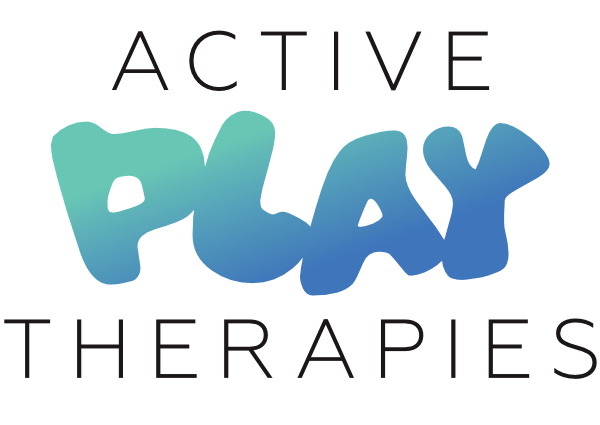Thoughts From a Therapist: The Double Empathy Problem
Originally published on Sensory Integration Education on 29 July 2021.
This is a new regular series written by Advanced SI Practitioner Anna Willis about something that piqued her professional interest or inspired her in some way over the last month. Anna, an occupational therapist and owner of Active Play Therapies, has over 10 years of experience working with children and adults with a range of learning disabilities and autism:
“Recently I was asked to offer some social skills training. Until the other month, I would have happily entered into discussions as well as recommending and supporting interventions targeted at ‘improving’ social skills. However, listening to Dr Damian Milton talk about the double empathy problem has changed my thinking on this.
“The double empathy problem is the idea that instead of solely autistic people finding social communication difficult, it is actually a two way street – non-autistic people find it difficult to communicate with autistic people also.
“Crompton et al (2020) did an interesting study looking at information transfer – their study had chains of 8 people who needed to pass a story on, one person to another. The study found that non-autistic chains and autistic chains performed similarly in passing on the information. The difficulties arose with mixed chains sharing a lot less detail and reporting less rapport.
“The Therapist Neurodiversity Collective have a helpful poster around what they think are helpful skills to teach: self-advocacy, self-regulation and perspective taking. Narrowing it down to those 3 skills really helped me. I’ll be making my recommendations much more targeted and inclusive, and trying to be mindful of my own part in the two-sided nature of communication, as well as a bigger focus on supporting clients to self-advocate when possible.”
